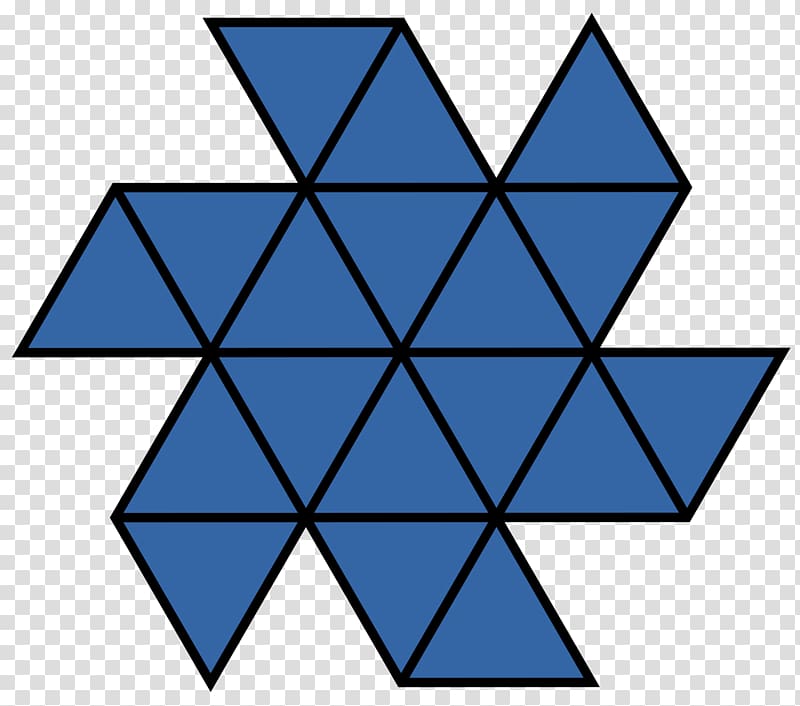


This triangle cannot be divided into equal halves and hence does not have reflection symmetry. There are numerous shapes that cannot be divided into two congruent halves. One must note that not all shapes or figures have reflection symmetry. Hence, a rectangle is said to have two axes of reflection symmetry. – A rectangle:Īs shown above, the rectangle can be divided into two equal halves either along the vertical line or along the horizontal line. There are certain figures that possess more than one line of symmetry. Hence, the heart has only one line of reflection symmetry. The heart cannot be further folded to get the equal halves. We can divide the heart into two equal halves along the central vertical line. Both the halves are congruent and mirror images of each other.Įxample: Consider the shape of a heart held vertically. The direction of the line of symmetry is not fixed.ģ. A figure or shape or an object can have one or more than one line of symmetry.Ģ. Important aspects of Reflection Symmetry:ġ. If a shape has one or more lines of symmetry, the shape is said to have reflection symmetry. In reflection symmetry, the first half is a reflection or mirror image of the second half.įigures or objects can have more than one line of symmetry along which the figures or objects can be symmetrically divided. The line that divides the object or the figure into two equal halves or congruent halves is called the line of symmetry or the Mirror Line. An object or a figure is said to be symmetrical if it can be divided into two halves that are exactly equal. In our day to day lives, we witness numerous objects that have symmetry.


 0 kommentar(er)
0 kommentar(er)
